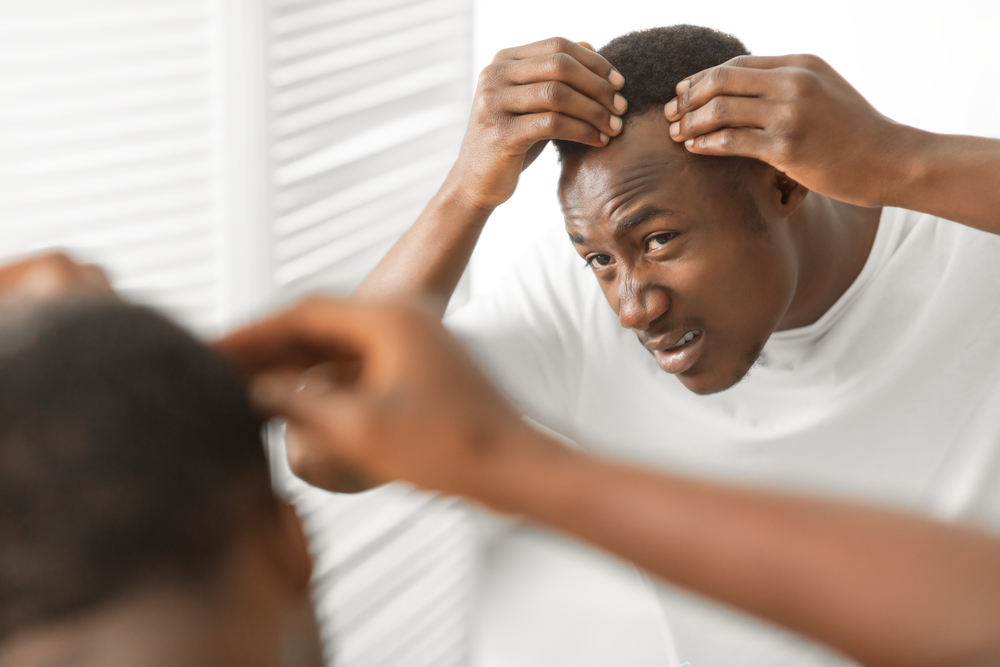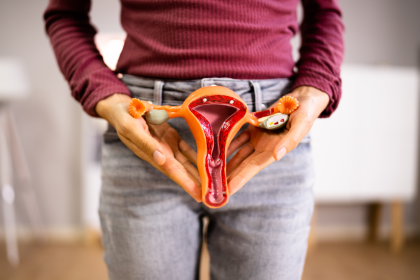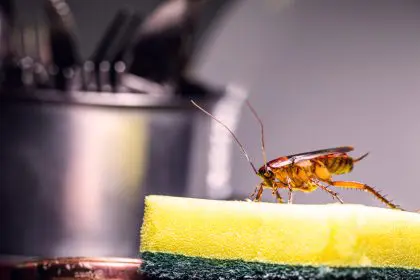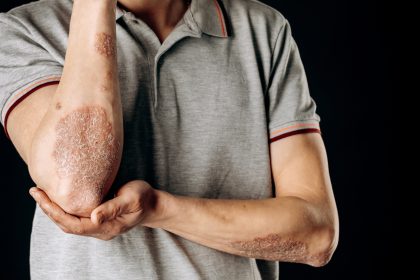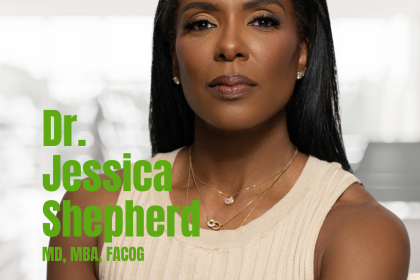New research reveals why traditional treatments fail — and what dermatologists now recommend instead
Millions of Americans suffer from persistent scalp irritation, yet many struggle to find relief using conventional approaches. Recent dermatological research has uncovered why standard treatments often fall short and identified more effective strategies that address root causes rather than merely masking symptoms.
The scalp’s complex ecosystem requires a nuanced understanding that goes beyond surface-level solutions. Environmental pollutants, harsh weather conditions and prolonged sun exposure create a perfect storm for irritation, stripping away natural protective oils and leaving the scalp vulnerable to inflammation. Modern lifestyles compound these challenges, with frequent use of chemical-laden shampoos and styling products disrupting the delicate microbial balance that keeps our scalp healthy.
But the triggers extend far beyond what we apply topically. Stress hormones can trigger seborrheic dermatitis flare-ups, while nutritional deficiencies weaken the scalp’s natural defense mechanisms. This interconnected web of factors explains why single-ingredient solutions rarely provide lasting relief.
The Science Behind Scalp Irritation
Dermatologists now understand that scalp irritation operates on multiple levels simultaneously. The skin barrier function becomes compromised when exposed to environmental stressors, allowing irritants to penetrate deeper layers. Meanwhile, the scalp’s microbiome — the collection of beneficial bacteria that maintain healthy conditions — becomes disrupted by harsh products and lifestyle factors.
This dual disruption creates a cycle where irritation begets more irritation. Damaged skin barriers allow allergens and irritants greater access, while an imbalanced microbiome cannot effectively defend against harmful pathogens. Breaking this cycle requires targeted interventions that address both structural and biological components.
Hormonal fluctuations add another layer of complexity. During periods of stress, pregnancy or menopause, sebum production changes dramatically, either leaving the scalp too dry or creating conditions for bacterial overgrowth. These natural variations mean that effective treatments must be adaptable rather than one-size-fits-all.
Revolutionary Treatment Approaches
Leading dermatologists have shifted away from aggressive treatments toward what they call “microbiome-friendly” solutions. These approaches focus on restoring natural balance rather than stripping away everything and starting fresh.
Probiotics and prebiotics, once relegated to digestive health, now play crucial roles in scalp care. These ingredients help rebuild beneficial bacterial colonies while creating an environment hostile to harmful pathogens. Clinical studies show that microbiome-supporting treatments reduce inflammation markers by up to 40% within six weeks.
The layering technique has also gained prominence among professionals. Instead of relying on single products, dermatologists recommend combining complementary treatments that work synergistically. A medicated shampoo targeting specific concerns pairs with hydrating serums that prevent over-drying, while weekly exfoliating treatments remove buildup without disrupting the skin barrier.
Timing matters as much as product selection. Research indicates that scalp treatments work most effectively when applied to slightly damp hair, allowing better penetration without overwhelming sensitive areas. The “less is more” philosophy has proven particularly effective for individuals with heightened sensitivity.
Professional-Grade Solutions
Active ingredients like zinc pyrithione, salicylic acid and ketoconazole remain gold standards for treating inflammatory conditions. However, modern formulations combine these powerhouse ingredients with soothing agents like ceramides and hyaluronic acid to prevent the harsh side effects that previously limited their use.
Natural oils have made a comeback, but not in the way many expect. Rather than heavy coconut or olive oils that can cause buildup, dermatologists recommend lightweight options like argan and jojoba oil. These oils closely mimic the scalp’s natural sebum, providing hydration without clogging follicles or creating conditions for bacterial growth.
Peptide-based treatments represent the cutting edge of scalp care. These protein fragments can penetrate deep into the scalp tissue, promoting cellular repair and strengthening the skin barrier from within. Early clinical trials show promising results for individuals with chronic irritation who haven’t responded to traditional treatments.
Lifestyle Integration for Lasting Results
The most successful treatment protocols extend beyond topical applications to encompass lifestyle modifications that support scalp health from multiple angles. Stress management techniques like meditation and regular exercise have shown measurable impacts on scalp condition, with participants in recent studies reporting 30% fewer flare-ups when incorporating daily mindfulness practices.
Nutrition plays an equally important role. Foods rich in omega-3 fatty acids, particularly salmon and walnuts, provide the building blocks for healthy cell membranes. Zinc-rich foods like pumpkin seeds and leafy greens support the scalp’s natural healing processes, while vitamin C from citrus fruits and berries helps maintain collagen integrity.
Sleep quality significantly impacts scalp health through its effects on hormone regulation and cellular repair. Individuals who consistently get seven to nine hours of quality sleep show improved scalp barrier function and reduced inflammatory markers compared to those with disrupted sleep patterns.
The Path Forward
Achieving lasting relief from scalp irritation requires patience and a willingness to address underlying causes rather than just symptoms. The most effective approaches combine evidence-based treatments with lifestyle modifications that support the scalp’s natural healing processes.
Success depends on consistency and realistic expectations. Most individuals see initial improvements within two to four weeks, with significant changes becoming apparent after eight to twelve weeks of consistent care. The key lies in maintaining the routine even after symptoms subside, as scalp health requires ongoing attention rather than sporadic intervention.
For those struggling with persistent irritation, consulting a dermatologist can provide personalized guidance and rule out underlying conditions that may require specialized treatment. With the right approach, anyone can achieve the healthy, comfortable scalp they deserve.

